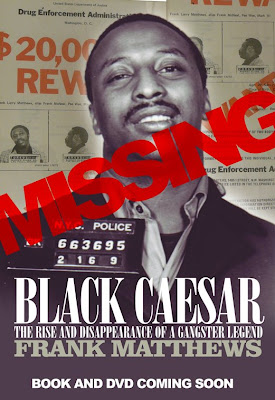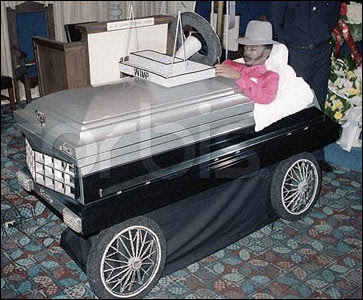- 4,404
- 11
- Joined
- Sep 30, 2008
Y'all sleeping on the Don...
The God is somewhere in Africa chilling with half a billy in his back yard.
He made every hustler mentioned in this thread look like runners.

But all this my City > than yours is ignant.
The God is somewhere in Africa chilling with half a billy in his back yard.
He made every hustler mentioned in this thread look like runners.

But all this my City > than yours is ignant.









